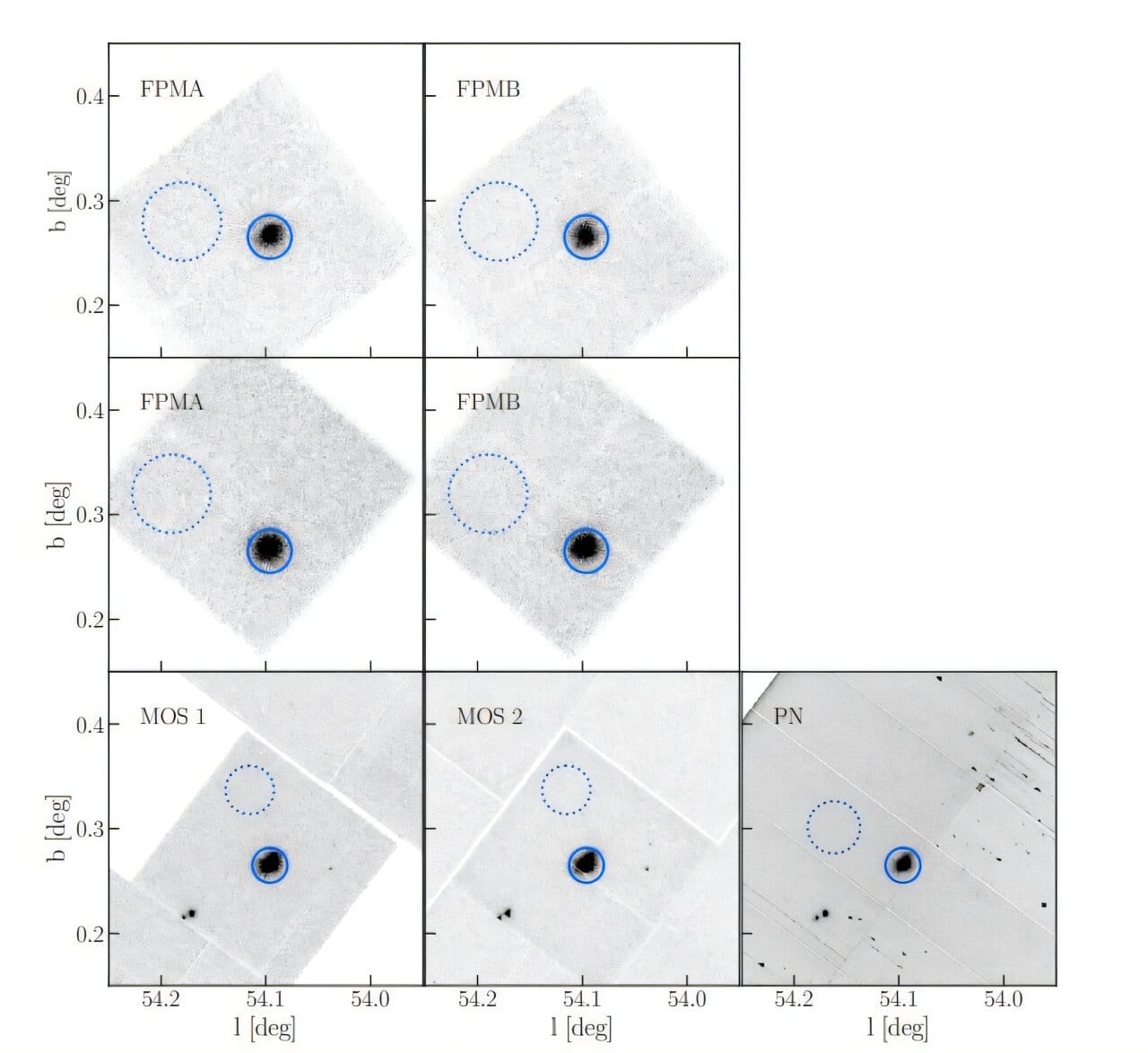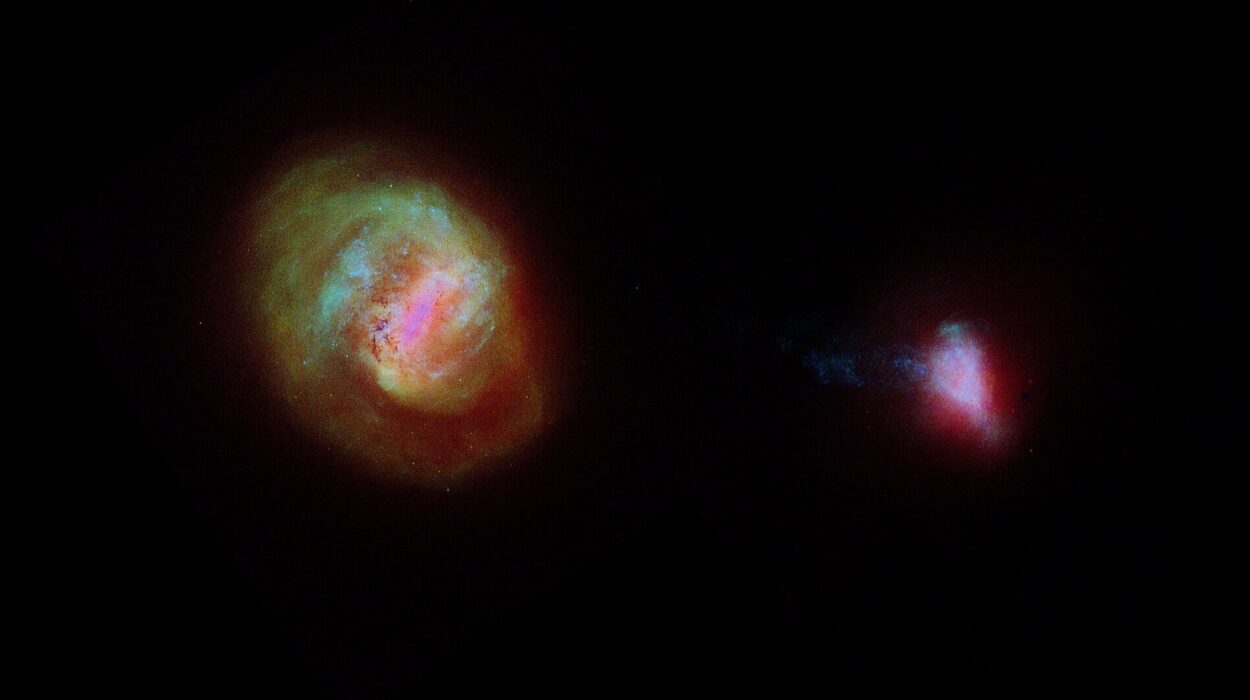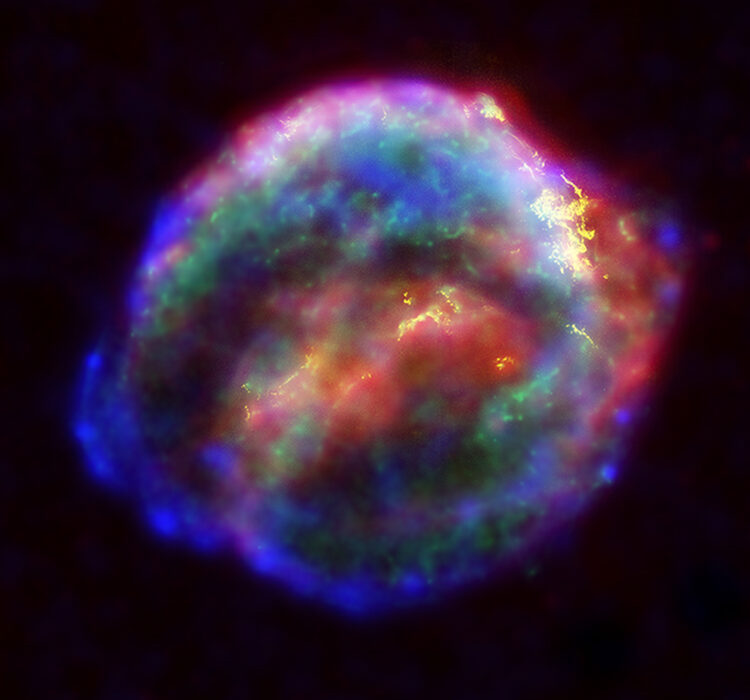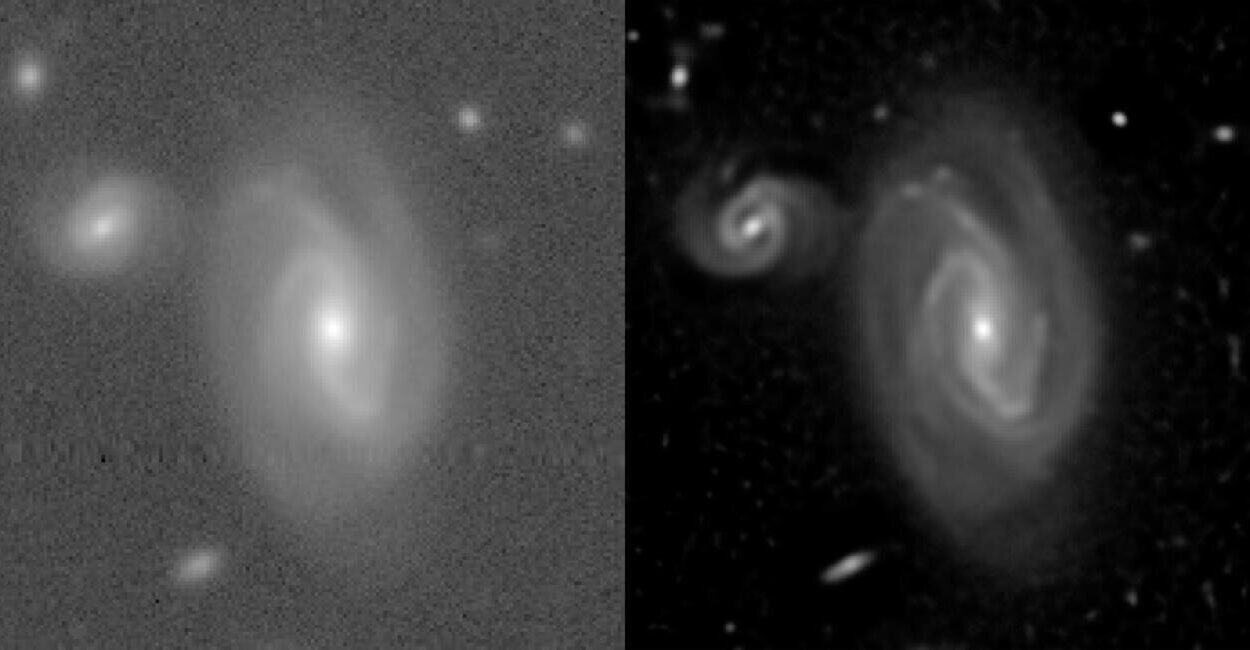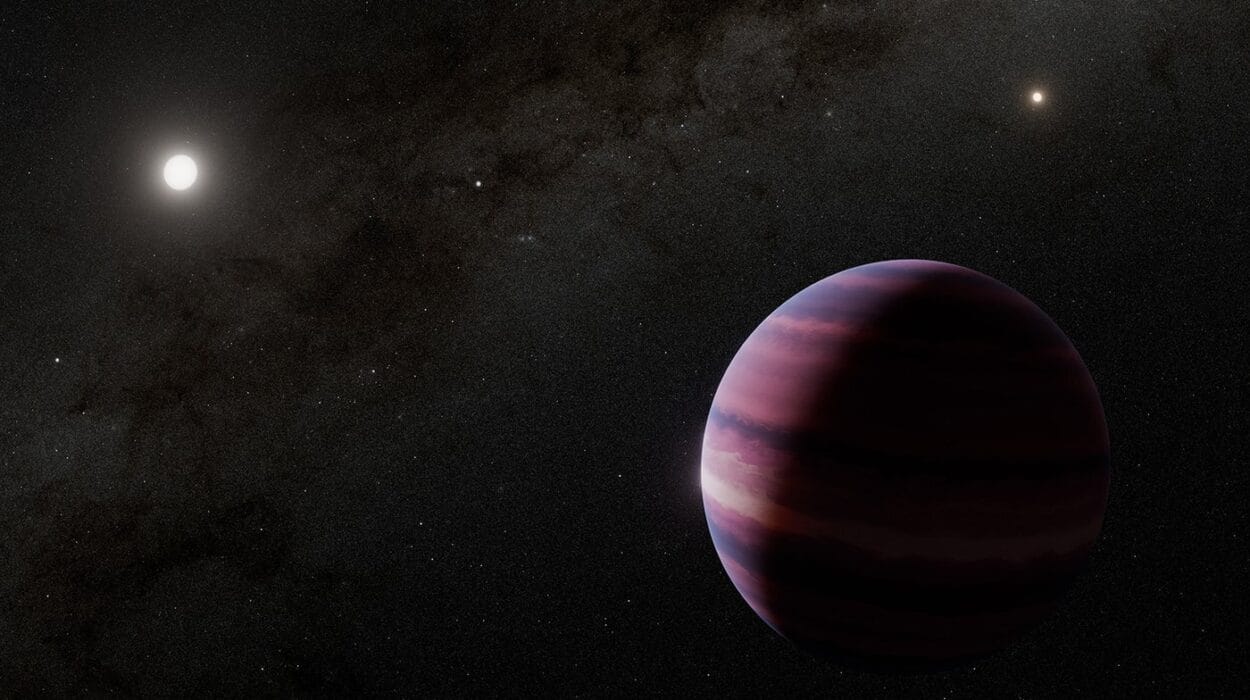In the vast reaches of the universe, pulsars—rapidly spinning neutron stars—are among the most intriguing and enigmatic objects. They emit beams of radiation that sweep across the cosmos like cosmic lighthouses, offering scientists a rare glimpse into the most extreme environments imaginable. Now, astronomers from New York University (NYU) Abu Dhabi have made groundbreaking observations of a pulsar and its associated nebula, unraveling new secrets that may change how we understand these enigmatic celestial bodies.
Using the powerful X-ray observatories NuSTAR and XMM-Newton, the team observed PSR J1930+1852, a pulsar that powers a pulsar wind nebula (PWN) known as G54.1+0.3. Their findings, published in The Astrophysical Journal, offer fresh insights into the complex interactions between pulsars and their nebulae, as well as the mechanisms that drive these stunning, energetic structures.
The Cosmic Symphony of Pulsars and Nebulae
At the core of this study is the pulsar itself—PSR J1930+1852—and its remarkable ability to generate high-energy particles through its intense, rotating magnetic field. These particles form what is known as a pulsar wind, a fast-moving stream of charged particles that emanates from the pulsar at nearly the speed of light. When this wind collides with its surrounding environment, often remnants of a star’s explosive death, it forms a pulsar wind nebula—a glowing structure of hot, ionized gas that can stretch across vast cosmic distances.
G54.1+0.3, the nebula associated with PSR J1930+1852, is a prime example of this phenomenon. However, unlike some other PWNe, G54.1+0.3 does not show the usual signs of an obvious shell linked to a supernova remnant (SNR) forward shock. This peculiar absence led the astronomers to ask: What’s going on here, and why does this PWN behave differently from others?
“By combining data from both XMM-Newton and NuSTAR, we were able to construct a comprehensive view of the X-ray emissions from PSR J1930+1852 and its associated nebula, allowing us to probe the underlying physics of this system,” said Jason Alford, the lead researcher of the study.
The X-ray Puzzle: Revealing the Energy of a Pulsar’s Heartbeat
The team’s observations revealed some surprising details. They found X-ray emission from the combined pulsar and nebula system that extended up to about 70 keV (kilo-electron volts), with G54.1+0.3 emitting X-rays at energies up to approximately 30 keV. This is a key observation because it indicates the presence of incredibly high-energy particles within the nebula.
The X-ray spectrum of G54.1+0.3 was characterized by a broken power law, which shows how the intensity of the emission changes with energy. Specifically, the researchers observed a break energy of approximately 5 keV, indicating a shift in the energy distribution of particles. This type of spectrum is common in astrophysical objects where high-energy particles interact with magnetic fields or other surrounding materials.
From these measurements, the researchers were able to calculate that the maximum energy of the particles within the nebula could reach 400 TeV (tera-electron volts), a truly remarkable number that highlights the extreme environment around this pulsar.
A Pulsar with a Mysterious Spin
One of the key features of PSR J1930+1852 is its spin period, which has been measured to be approximately 137 milliseconds. This fast rotation rate places the pulsar in the category of rapidly rotating neutron stars, which are known for their intense magnetic fields and high-energy emissions.
Interestingly, the pulsar’s spin-down power and young characteristic age of around 2,830 years suggest that PSR J1930+1852 is still in the early stages of its life cycle. Its relatively short age and rapid spin rate are consistent with other young pulsars, but compared to some of its peers, this pulsar isn’t particularly powerful for its age. This raises intriguing questions: What factors govern the power output of a pulsar, and why are some able to generate such intense nebulae while others fall short?
“The relatively modest power of this system challenges some of our assumptions about how pulsars evolve and how their wind nebulae are powered,” Alford explained. “It’s possible that the dynamics of pulsar winds, and the environment in which they reside, play a more significant role in shaping these structures than we previously thought.”
The Surprising Absence of a Supernova Remnant
One of the most puzzling aspects of the study was the lack of an obvious supernova remnant (SNR) shell associated with G54.1+0.3. In most cases, pulsar wind nebulae are surrounded by a shell formed by the forward shock of the supernova explosion that created the pulsar. However, in this case, the team found no clear evidence of such a shell around G54.1+0.3.
This raises the possibility that G54.1+0.3 might be a post-supernova remnant system that is evolving in a way that we don’t fully understand. Or, the interaction between the pulsar wind and the surrounding material might be more complex than anticipated, with the nebula expanding and evolving in a way that doesn’t fit the traditional models of pulsar evolution.
What’s Next for PSR J1930+1852?
The findings from this study are just the beginning of what promises to be an ongoing investigation into PSR J1930+1852 and its nebula. As Alford and his team noted in their paper, further studies are needed to better understand key aspects of the system, including the braking index, spin-down timescale, and initial spin period of the pulsar.
“These parameters are critical for refining our understanding of pulsar evolution and the mechanics of pulsar wind nebulae,” Alford said. “In particular, better constraints on the braking index and spin-down timescale could help us understand the long-term behavior of pulsars and their nebulae, shedding light on the processes that drive these cosmic engines.”
Unveiling the Cosmos, One Pulsar at a Time
The study of PSR J1930+1852 and its pulsar wind nebula is a testament to the power of modern X-ray astronomy. By utilizing the cutting-edge capabilities of NuSTAR and XMM-Newton, astronomers are peeling back the layers of some of the universe’s most enigmatic phenomena. With each new observation, we inch closer to unraveling the complex, high-energy physics that govern the lives of pulsars, their winds, and the extraordinary nebulae they power.
As we continue to explore the cosmos, it’s pulsars like PSR J1930+1852 that remind us just how much more there is to discover—and just how much we have yet to understand about the violent, breathtaking processes that shape our universe.
Reference: J. A. J. Alford et al, NuSTAR and XMM-Newton Observations of PSR J1930+1852 and Its Pulsar Wind Nebula, The Astrophysical Journal (2025). DOI: 10.3847/1538-4357/add92e
